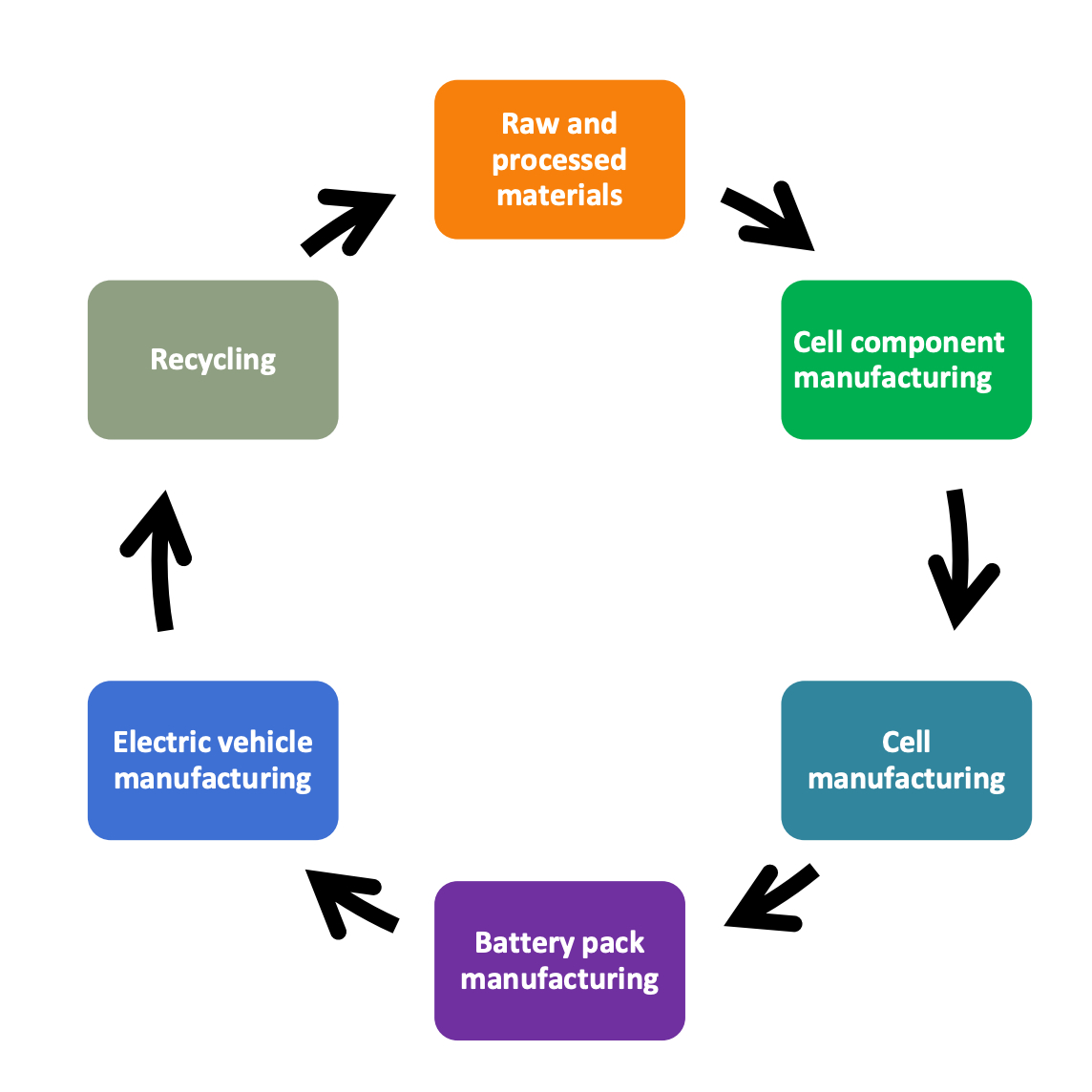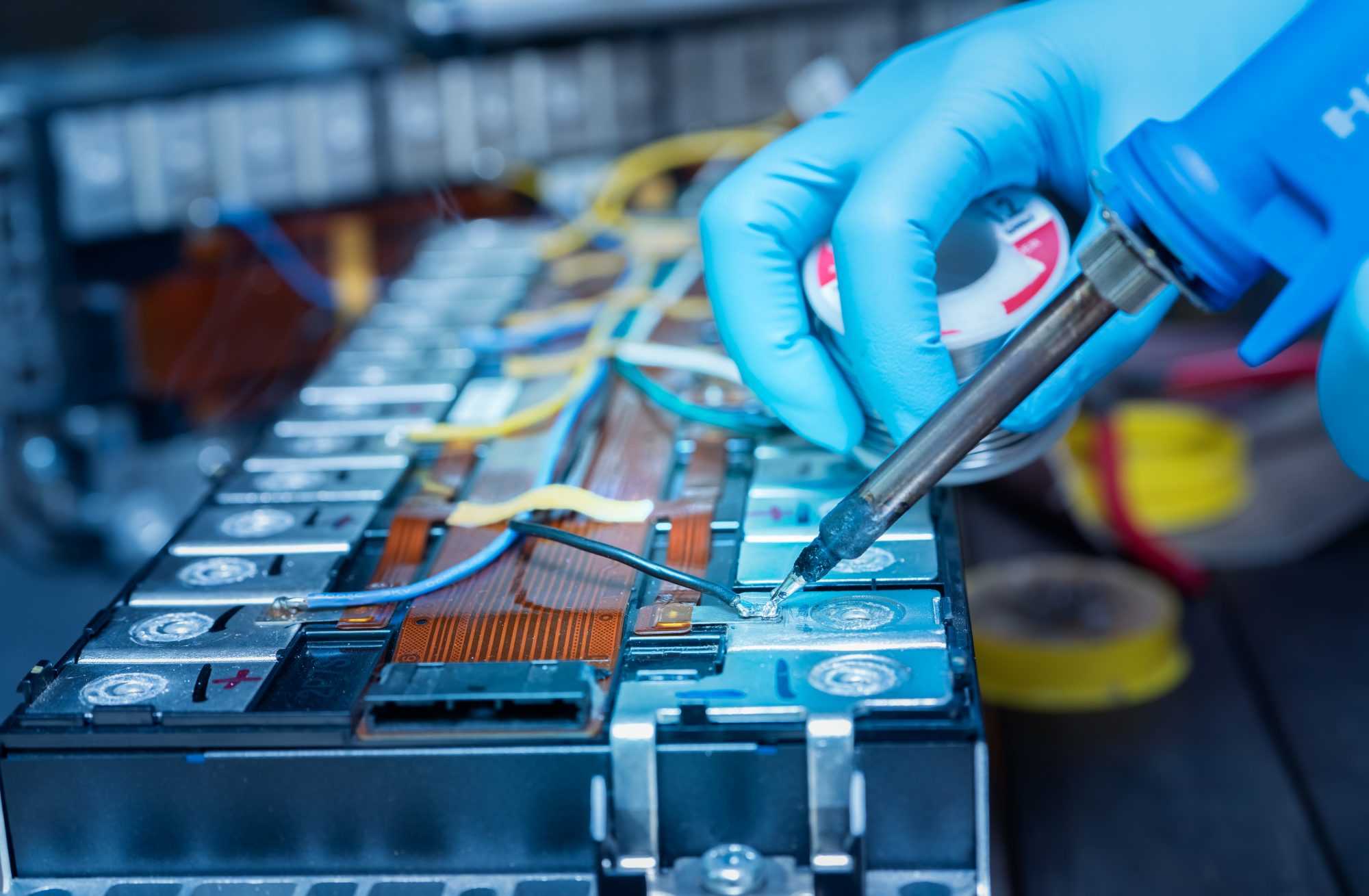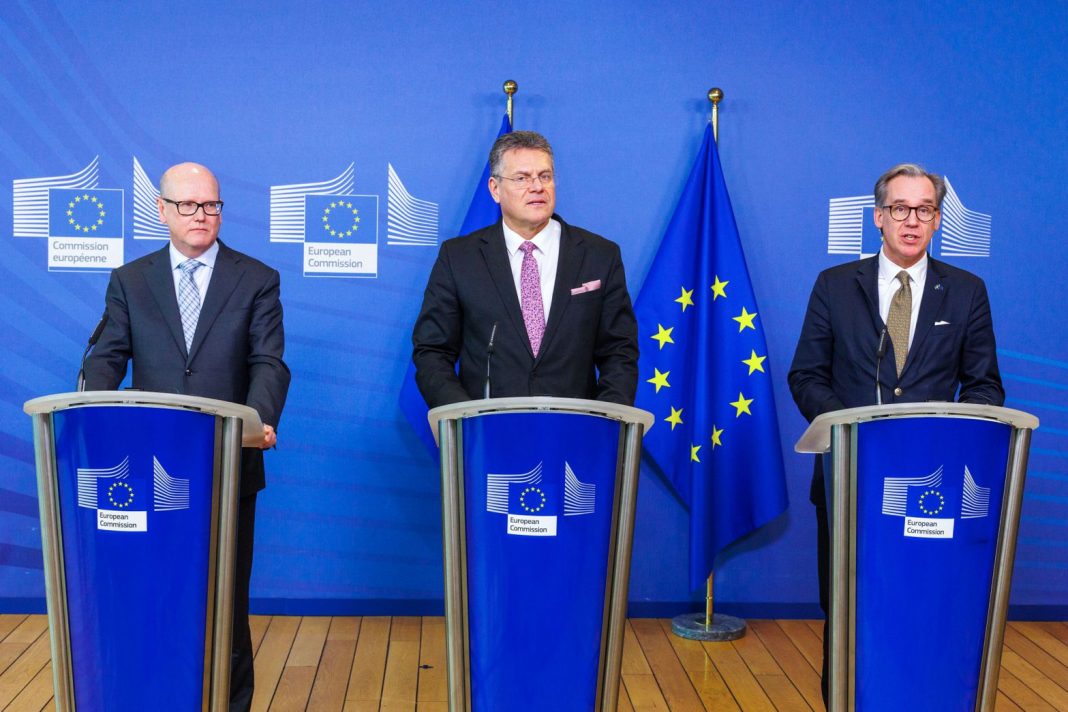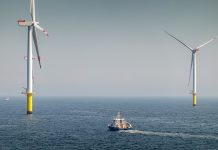Vice-President Maroš Šefčovič recently chaired the European Battery Alliance Ministerial, discussing ways to foster the global competitiveness of the European battery industry
On 1st March 2023, the European Battery Alliance held the 7th High-Level Meeting of the European Battery Alliance in Brussels, where leaders discussed ways to foster the global competitiveness of the European battery industry in the face of assertive industrial policies elsewhere.
What does the European Battery Alliance do?
In 2017, the European Commission, EU countries, industry, and the scientific community launched the European Battery Alliance (EBA). This is because batteries are vital to Europe’s clean and digital transition: not only are they a key enabling technology, but batteries are also essential to the competitiveness of the automotive sector.
The aim of the Commission is to make Europe a global leader in sustainable battery production and use.
Specifically, the EBA wants to develop battery chain value in Europe by an innovative, competitive and sustainable battery value chain in Europe.
In 2018, the Commission adopted a strategic action plan for batteries and set out a comprehensive framework of regulatory and non-regulatory measures to support all segments of the battery value chain and including the six priority areas below.

The EBA: Boosting the production of batteries across Europe
The European Commission and the U.S. Department of Energy support collaboration between the European Battery Alliance and the U.S. Li-Bridge Alliance to strengthen the supply chain for battery technologies.
European Commission Vice-President Maroš Šefčovič chaired this latest meeting, which was organised in cooperation with the Swedish Presidency of the Council of the European Union, represented by Sweden’s Deputy Prime Minister and Minister for Energy, Business and Industry, Ebba Busch, and the State Secretary for foreign trade and export and investment promotion, Håkan Jevrell.
European Commission Vice-President Maroš Šefčovič’s full commentary from the 7th High-Level Meeting can be found below.
“Incentivising the battery and raw materials boom”
Vice President Maroš Šefčovič reported online that “In 2022, total investment in this ecosystem topped €180 billion. But we see that other economies have also set their sights firmly on boosting the production of batteries, incentivising the battery and raw materials boom.
In 2022, total investment in this ecosystem topped €180 billion
“With 30 Gigafactories announced across our Member States, we have been moving fast towards our open strategic autonomy in the battery sector, vital to Europe’s net-zero ambitions.
“This new reality, combined with the higher price of gas in the EU, naturally affect Europe’s competitiveness and remind us that we must stay laser-focused on supporting investment.”
Speech by Vice-President Šefčovič on the European Battery Alliance
Vice-President Maroš Šefčovič recently chaired the #EUBatteryAlliance Ministerial. The Vice-President discussed how to foster the global competitiveness of the European battery industry in the face of adversity, including assertive industrial policies elsewhere.
“Check against delivery”
“Ladies and gentlemen, I believe that 2023 is going to be another defining year for the European Battery Alliance, and more generally, for the future of clean tech industries in Europe.
“I am therefore glad that today, we had a strategic discussion between the Commission, Member States as well as the European Investment Bank and the European Bank for Reconstruction and Development. We assessed the progress achieved so far, but the main focus was on our way forward.
“It was therefore valuable that executive Vice-President Vestager and Commissioner Breton had participated in part of our discussion. We also had Norway at the table, while industrial Members of the Alliance were represented by EIT InnoEnergy.
“In 2022, total investment in the EU’s battery ecosystem topped 180 billion euros. We now have over 160 industrial projects in place or in the making, along the entire value chain – amounting to some 70 GWh of installed battery capacity.
“So, you can see that with 30 Gigafactories announced across our Member States, we have been moving fast towards our open strategic autonomy in this critical sector which is vital to Europe’s net-zero ambitions.
“At the same time, it is clear that if we want to sustain our clean tech leadership, we cannot turn a blind eye to what is happening around us.
“First, because of Russia’s aggression against Ukraine, the price of gas in the EU is almost seven-times higher than, for instance, in the United States.
“Second, we see that other economies have also set their sights firmly on boosting the production of batteries, incentivising the battery and raw materials boom – while in some instances, altering the global playing field.
“These new realities naturally affect Europe’s competitiveness and remind us that we must stay laser-focused on supporting investment.
“As you know, the Commission is tabling a series of proposals to achieve precisely that. And in the context of today’s discussion, I would highlight the Critical Raw Materials Act.
“The European Battery Alliance has been turning the spotlight on the risks stemming from our overdependence on critical minerals from third countries, especially China, from the very start. That is why, together with Commissioner Breton, we launched the European Raw Materials Alliance back in 2020.
“But I believe that the Critical Raw Materials Act can be a game-changer, by sending a clear political and policy signal.
“Among other things, it can help us increase Europe’s sustainable extraction, processing, and recycling capacities. And it can also assist us in streamlining and speeding up permitting procedures for strategic projects.
“Based on our experience with the European Battery Alliance, I cannot stress enough that time is of the essence. And we all need to pull in the same direction.
“That is why I am glad to stand here with State Secretary Jevrell, representing the Swedish Presidency, and Vice President Östros, representing the European Investment Bank, whose involvement is absolutely crucial.
“So, let me finish by appreciating your presence as well as the outstanding overall collaboration of all members under the European Battery Alliance.”

Main takeaways from the 7th High-Level Meeting
The focus of the ministerial discussion, involving 27 Member States and Norway, was “Fostering the global leadership of the European battery industry in the face of the Inflation Reduction Act and other recent challenges”. This topic focus was based on a discussion paper by the industrial members of the European Battery Alliance, coordinated by EIT InnoEnergy.
It benefitted from the interventions of Thomas Östros, Vice-President of the European Investment Bank, and Mark Bowman, Vice-President of the European Bank for Reconstruction and Development.
The party acknowledged the significant role that the European Battery Alliance has been playing in supporting progress towards numerous goals, including the EU’s climate neutrality goal by 2050, in delivering on the 2018 strategic action plan for batteries, and, finally, in allowing Europe’s battery industry to reach key milestones.
What kind of milestones has the European battery industry achieved?
In 2022, milestones achieved by the European battery industry included:
- A rise in lithium-ion gigafactories from 26 to 30
- An increase in the share of battery electric vehicles sales from 21% to 28%, with several new models launched in Europe
- The recent political agreement on the new EU Battery Regulation
In 2022, the total level of investment in Europe’s battery ecosystem, which currently includes more than 160 industrial projects developed along the entire value chain, reached more than EUR 180 billion. However, Europe is still facing several structural challenges, such as the lack of 800,000 skilled workers by 2025, high energy, land, and permitting costs, and the fact that Europe is now home to only 1% of the production of key battery raw materials.
The discussion considered third countries’ support schemes for green technologies, most notably in China, affecting the global level playing field. Moreover, while it is positive that the United States has decided to enter in full speed the fight against climate change through the Inflation Reduction Act, some of its provisions risk having a negative impact on the EU’s competitiveness and attractiveness for new investments along the battery value chain. The dialogue remains open between the EU and the US to ensure that our respective incentive programmes are fair and mutually reinforced.
Conclusions of the European Battery Alliance’s 7th High-Level Meeting
The conclusions of the 7th High-Level Meeting of the European Battery Alliance stressed the need for urgent evidence-based actions to ensure that the EU remains a global battery frontrunner as regards innovation, production, circularity, sustainable competitiveness, and investment attractiveness.
The need to strive for Europe’s technological leadership was also reinforced by the discussion group, with many emphasising the obligation to develop a comprehensive, forceful plan to strengthen the EU’s long-term competitiveness and productivity.
It was clear that enabling Europe to lead the way in global battery production is not a quick fix. With this in mind, the Commission and EU Member States are committed to a determined work on a broad array of issues and policy areas, including:
- Improving the EU regulatory framework, including permitting procedures and increased
circularity along the battery value chain, reducing regulatory burdens for EU companies - Accelerating private investment and financing across the battery value chain, including a focus on upscaling
- Ensuring the availability of skilled workers for the battery industry
- Using trade policy and international partnerships to strengthen the competitiveness of the EU battery industry in a manner compatible with our WTO commitments











